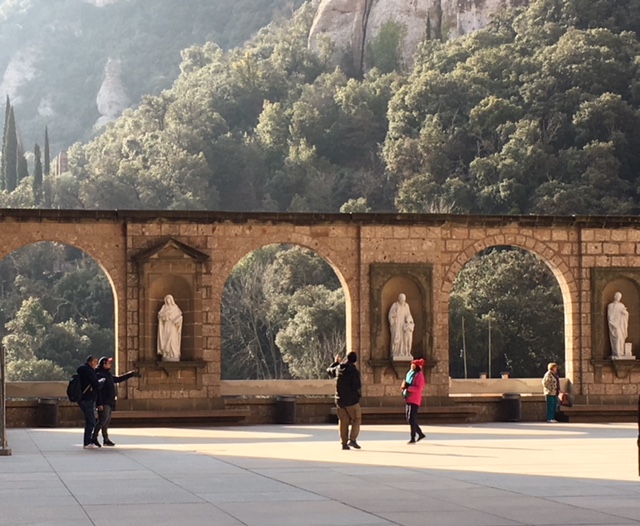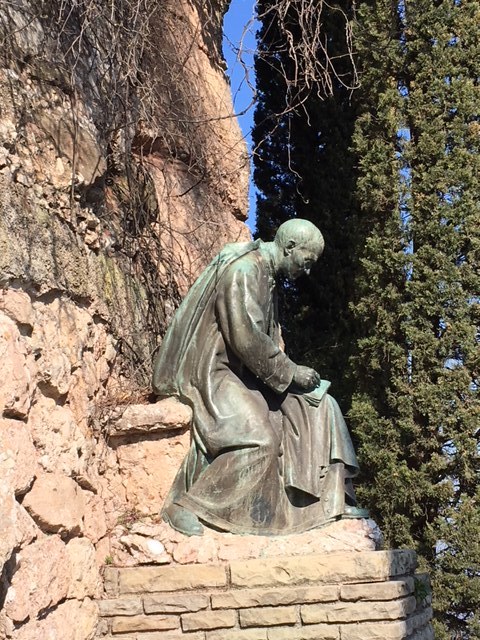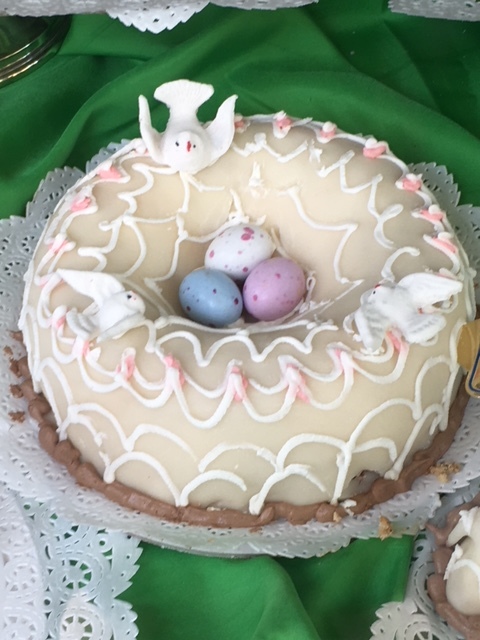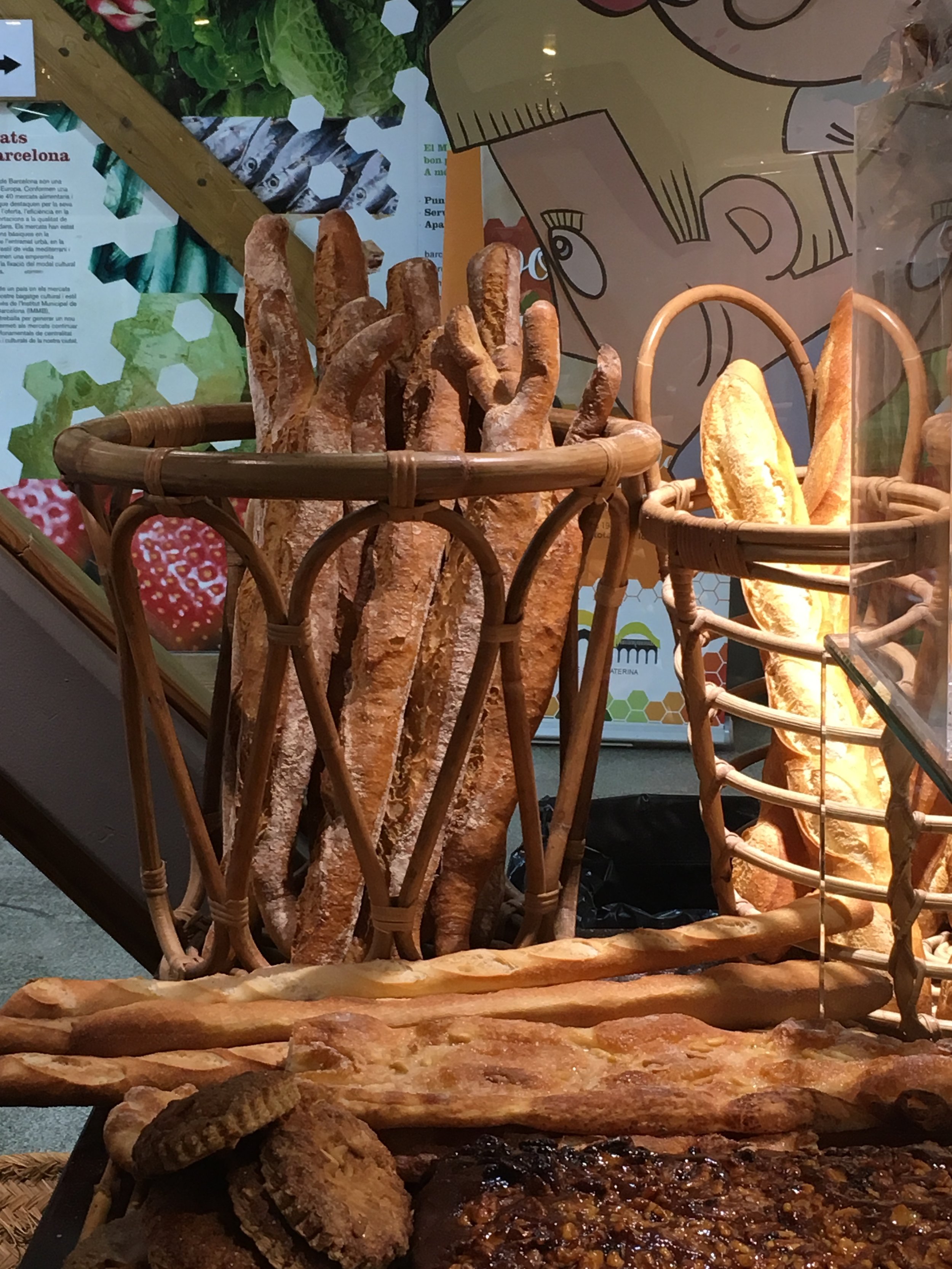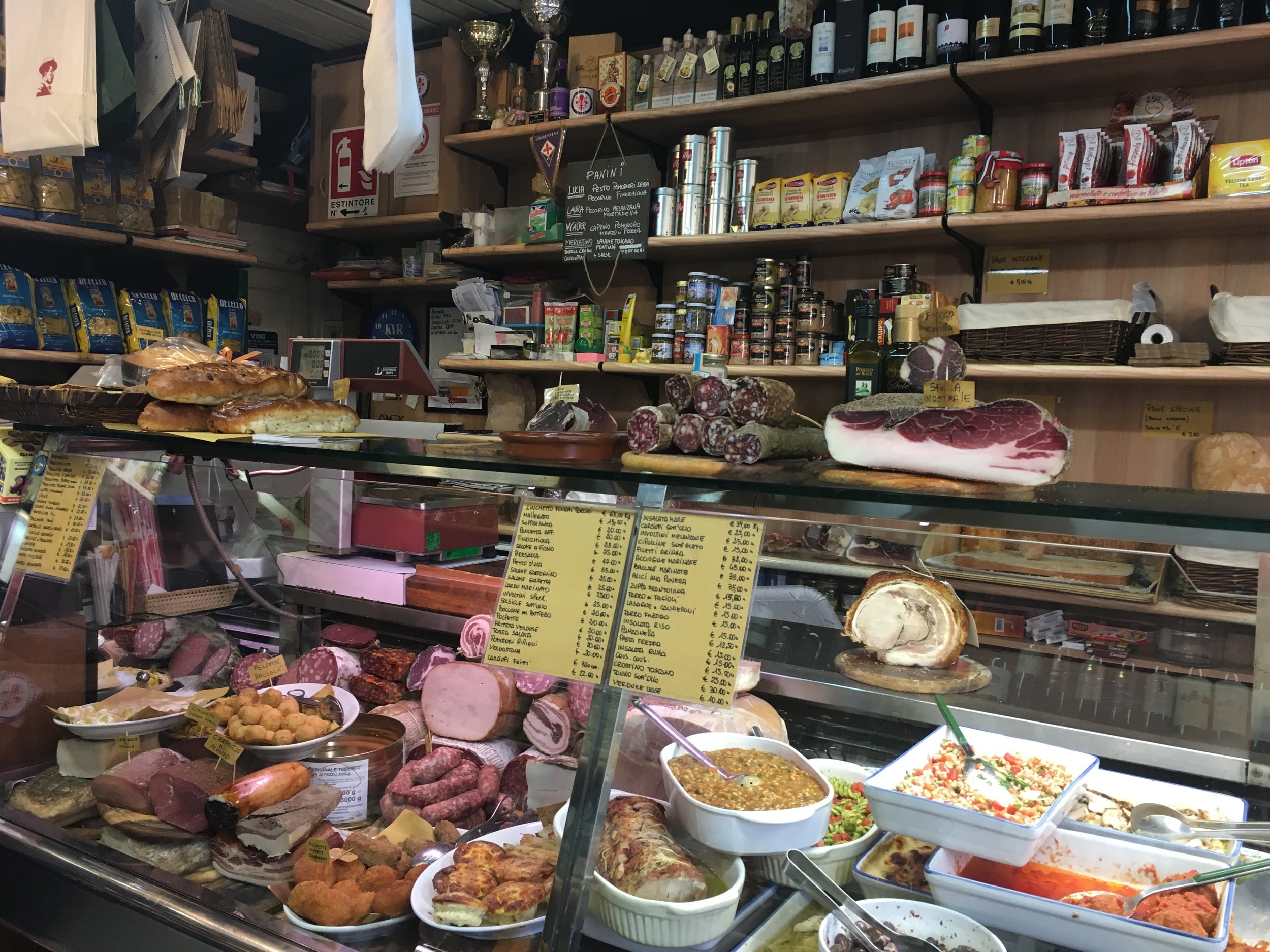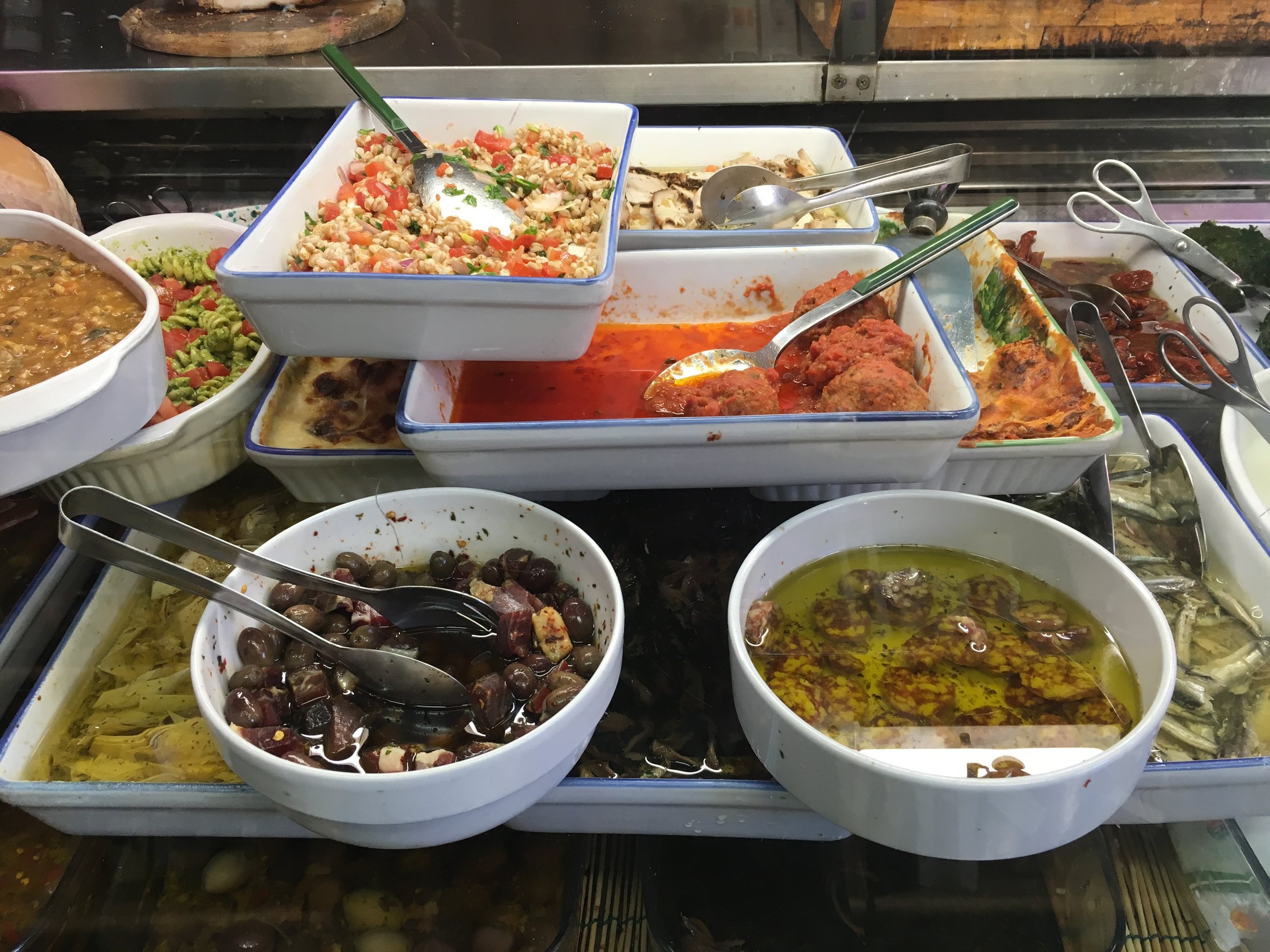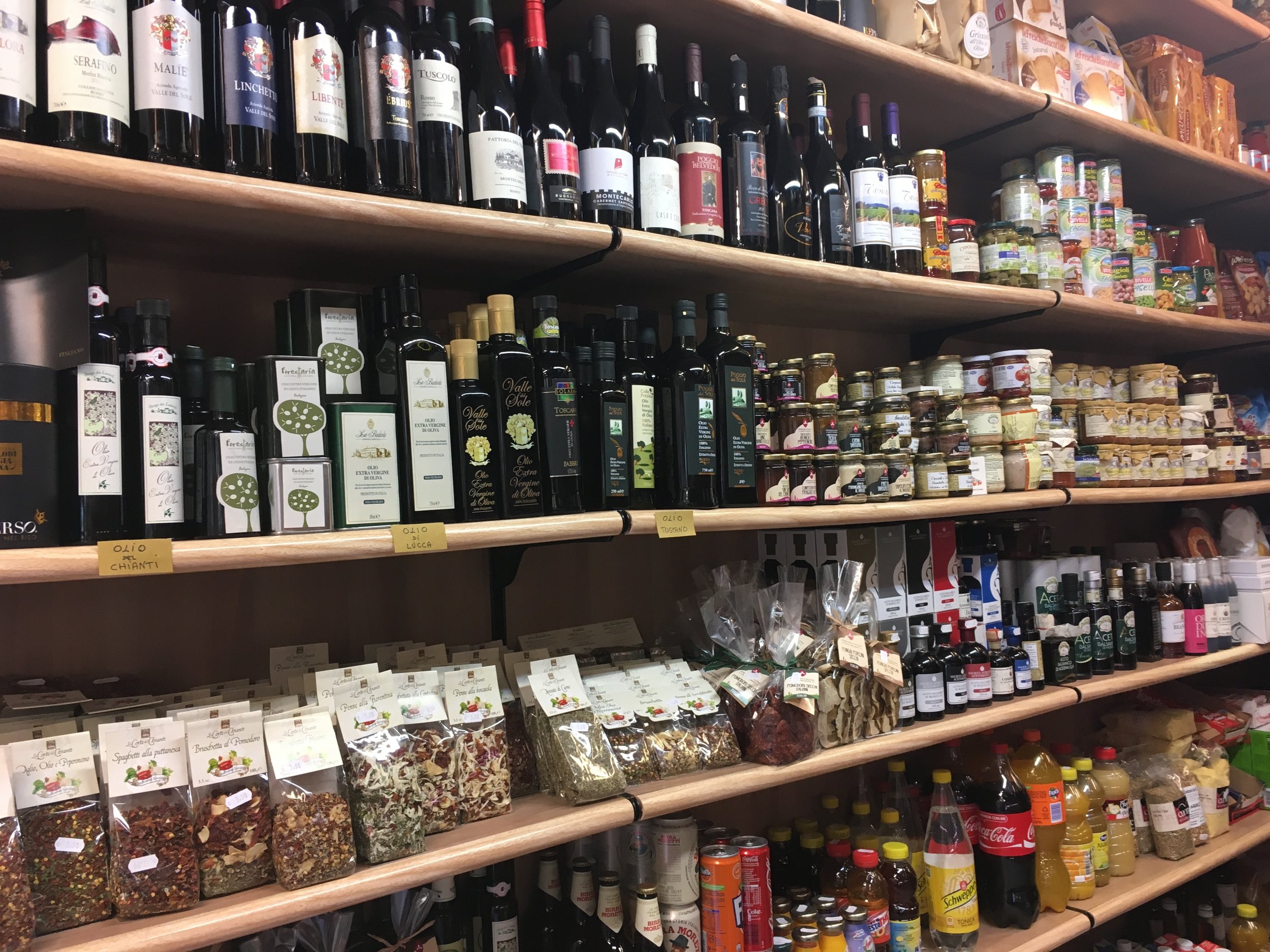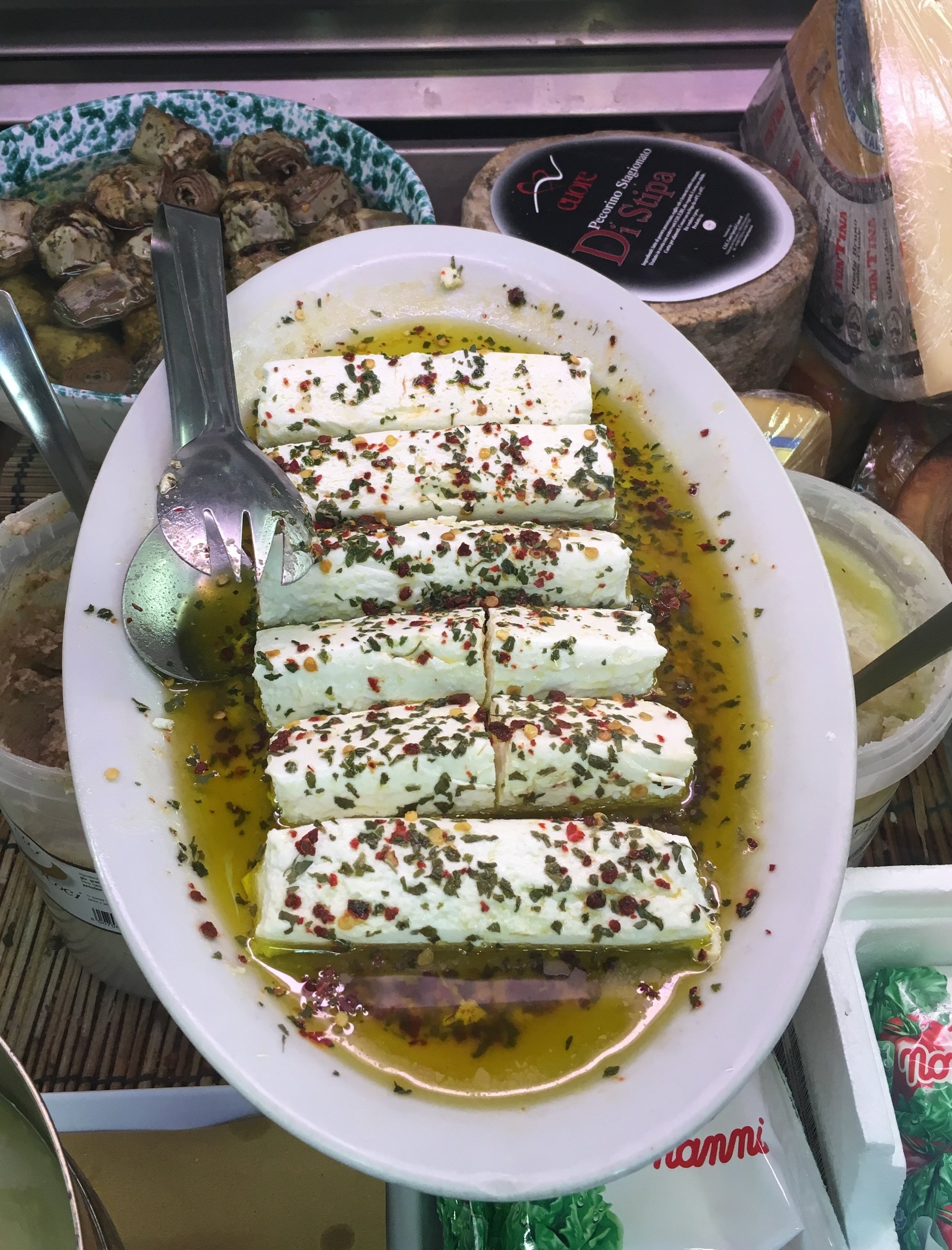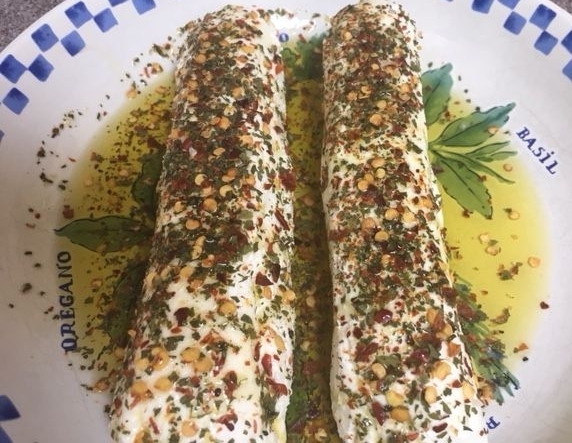Montserrat, Spain
An hour away from the cosmopolitan buzz of Barcelona, Spain, lies the quiet beauty of the Montserrat Mountains and the Benedictine Abbey of Santa Maria de Montserrat. This area is a natural park and the spiritual center of Catalonia, Spain. It was a miraculous vision of heavenly light and the sound of an angel’s song in the year 880 that led to this mountain being identified as a sacred place and to the eventual construction of the abbey. Today, a small group of monks lives here, spending the days teaching, studying, praying, and welcoming visitors. The abbey is also home to a famous boy’s choir (L’Escolania) and is a center of Catalan culture and pride.
The steep walking path up to the abbey from the valley below
There are four ways to reach the mountain-top abbey from the valley below - by cable car, rack railway, automobile, or steep and winding footpath. I took the small train, climbing along a ridge up 4,000 feet and stopping just in front of abbey. The exterior of the abbey complex is dwarfed by spectacular bare stone mountains that project skyward like individual rock fingers or, more poetically, like silent stone saints. The name, Montserrat, means serrated or saw tooth mountains, an accurate description of these jagged, rocky peaks.
Abbey courtyard
The beauty of the abbey begins in the courtyard, with its long arcade of statue-filled arches looking out over the valley. The views here are not to be missed.
Entering the abbey itself, religious statues and alabaster carvings line the way to a staircase with an ornately decorated barrel vault ceiling. The walls of the stairway are lined with mosaics of female saints, all with golden halos.
Stairway mosaics
I had plenty of time to marvel at the art (and read the name of each saint) as I waited in line for entry into the small silver-lined alcove that houses the famous statue of the Lady of Montserrat, more commonly known as the Black Madonna (the oldest known of several black madonnas in Europe; the color is said to come from natural aging of the wood). This lovely and culturally important statue, dressed in gold robes and holding the infant Jesus, is the star of the monastery. Just beyond, and down a short staircase, lies a small rounded chapel to the Madonna. Look up - near the ceiling above the altar is a small opening with a view to the back of the Madonna statue. Also in this chapel is a large statue of St. George (with sword, without dragon). The Virgin of Montserrat and St. George are the patron saints of Catalonia.
Continuing through the complex, there is an outside candle-filled grotto (the Cami de L’Ave Maria) through which lies entry to the main basilica. Each candle burning here represents an individual prayer to the Virgin of Montserrat. The basilica is much larger than the small chapel to the Madonna and is the site of church services and choir performances. Looking up again, high over the main altar, is another window to the alcove of the Black Madonna, visible throughout the basilica.
Just one of many beautiful lanterns in the basilica
With so many things to observe in this church, from statues, carvings, and mosaics to stained glass, the most intriguing to me were the many beautiful hanging candleholders. Each is uniquely crafted. There is no repeating pattern, yet the asymmetry of form creates an overall sense of cohesion and harmony. Each lantern is a donation from a different organization supporting the abbey (schools, guilds, towns, even soccer clubs; the donors are identified on wall plaques).
Leaving the abbey complex, across the street is a scenic path (heading away from the train station toward the parking lot). From here, a look back at the abbey provides a view of the rounded exterior of the chapel to the Virgin of Montserrat, one of the prettiest exterior views of the complex (top photo). The best views of the valley are also from this path.
Looking out over the valley
Near the end, back across the small street on the abbey side of the road, a stone staircase leads to a garden path with a small pool, statues, several small grottos, and a short walking path.
The Abbey's garden path
My visit to the Abbey of Santa Maria de Montserrat was coordinated as part of a Viking Ocean cruise that began in Barcelona. The abbey can also be reached by car or train from Barcelona. This unique place, a spiritual and a natural wonder, is a unique and moving place to visit.
-post by JMB
Garden statue, Abbey of Montserrat
Practical information:
- The abbey complex has a gift shop and a cafeteria. Daily Masses are scheduled three times a day: 11 a.m., noon, and 7:30 p.m. (the evening Mass is sung by the monks and the boy’s choir). Choir performances are scheduled for 1 p.m. and 6:45 p.m. daily.
- The basilica is closed to visitors during services and Mass times may vary, so it’s a good idea to check the schedule before arriving for a visit.
- The monastery, where the monks reside, is not open to visitors.
- There is limited handicap access to parts of the basilica, in particular the statue of the Black Madonna.
- The natural park surrounding the monastery also provides hiking and climbing opportunities.
For more information:
abadiamontserrat.net (abbey website)


